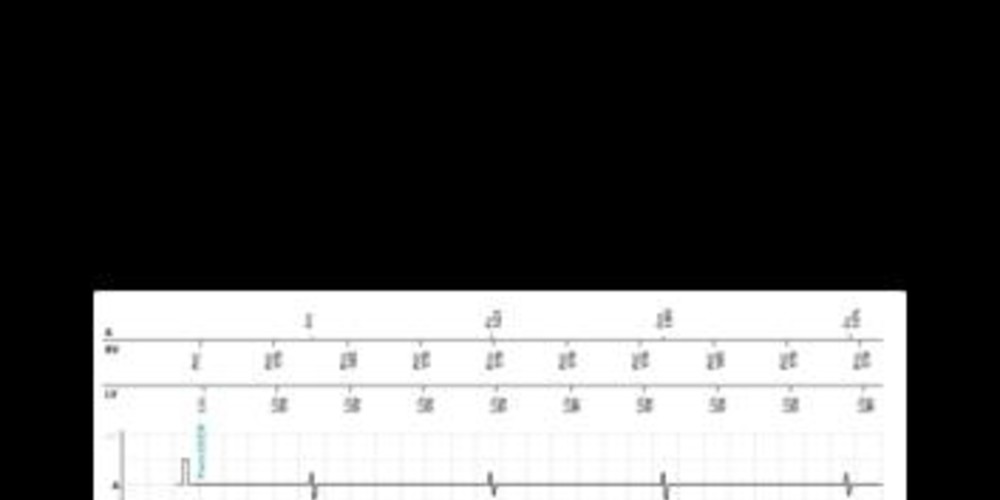Slow ventricular tachycardia and double counting of the R wave
Tracing
Manufacturer Biotronik
Device CRT
Field Management of atrial arrhythmias
N° 13
Patient
This 83-year-old man received a Biotronik Lumax 740 HF-T triple chamber defibrillator in the context of very severe ischemic cardiomyopathy with LBBB. He suffered multiple episodes of VT treated with antitachycardia pacing.

Graph and trace
- Slow VT (AV dissociation). Rate of the tachycardia = 110 bpm, The VT is slower than the programmed tachycardia zone.
- double counting of the R wave. The first signal was classified in the VT1 zone, the second in the VF zone (limit of blanking = 110 ms).
- classification of the episode in the VT1 zone. The VF counter was not full, as every other cycle was in the VF zone; the cycles in the VF and the VT1 zones increased the VT1 zone counter by 1, while the paced cycles or VES decreased the counter by 1.
- a sequence of antitachycardia pacing was delivered.
- termination of the arrhythmia and BiV stimulation.
Other articles that may be of interest to you







This patient presented with multiple episodes of VT responsible for his hemodynamic degradation. Patients in advanced heart failure often present with this kind of VT (relatively slow with very wide QRS). To prevent double counting, the post-sensing ventricular blanking period must be lengthened, which is achievable with the Biotronik defibrillators. Since the episodes were protracted and contributed the clinical degradation of the patient, it seemed appropriate to program a slow treatment zone. The ability to program an overlap between the maximum synchronous rate and the arrhythmias detection rates is a considerable advantage in this setting.